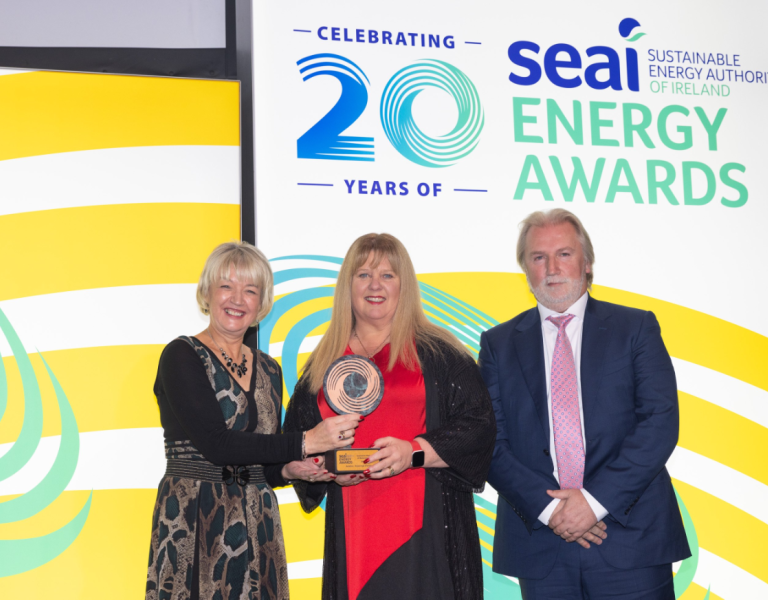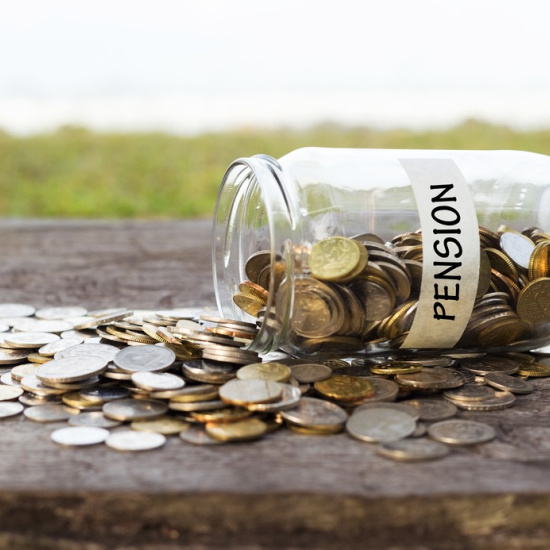Energy Efficient Design - why do we need it?
Everyone knows that large businesses need to be more carbon efficient, but the question is, how? And what's the best approach?

It isn't simply about having the funds to do it. It is about accessing the relevant expertise and knowledge to guide companies on their decarbonisation journey. Businesses must fundamentally rethink why and how they use energy, and not just where they get it from.
This thought holds particular significance when considering the adoption of SEAI's EXEED (EXcellence in Energy Efficient Design) Certified Standard.
What is EXEED?
The EXEED Standard is an approach used in the design, construction, and the commissioning of new and existing buildings. It supports large businesses to decarbonise their buildings by adopting a standardised process that focuses on optimising lifecycle energy performance and facilitating the transition away from fossil fuels.
The EXEED process is different to a standard design approach because it focuses on challenging the core need for energy in the first instance rather than starting with a focus on replacement of equipment with more energy efficient technologies.
Why invest in EXEED?
We have many success stories from businesses who have already participated in the EXEED process. Using their real-life examples, we can illustrate the benefits of investing in EXEED.

Ahascragh Distillery
The team at Ahascragh Distillery in Co. Galway asked why they needed hot water at the facility? This led them to ask why they needed a fossil fuel boiler to generate the hot water for the distillation process.
This deeper engineering analysis, facilitated by the EXEED 'Challenge and Analyse' workshop, identified an opportunity to install a fossil-free system that uses the rejected heat from the distillation process as a high-grade heat source for a renewable heat pump system.
The heat pump design, heat recovery and thermal storage means that the energy inputs to the distillery are one third of what would be used by traditional fossil fuel technology. Unlike other distilleries in Ireland, the heat delivered to the distillery does not require the combustion of any fossil fuels and uses green electricity.
Read moreAurivo Consumer Foods
Aurivo Consumer foods used the EXEED process to investigate and challenge the pasteurisation process at their plant in Killygordon Co. Donegal. Rather than focusing on just replacing their oil-fired boiler with a like for like more energy efficient technology, they identified an opportunity to capture waste heat before it was rejected to the atmosphere. Similar to Ahascragh, they use the waste heat as an energy source for a heat pump system.
This systematic review of their energy sources and energy demands was a direct result of following the EXEED process. Aurivo were the first plant in Ireland to use heat pump generated water at 80 degrees, by ultimately challenging the status quo and thinking outside the box.
Read moreTyndall National Institute
Tyndall National Institute, in Cork City, identified 123 opportunities for improvement across their site. By adopting the EXEED process they identified a variety of energy saving measures. Most of the opportunities aimed to reduce energy demand across the site, predominantly through operational control and optimisation of energy use. This did not require significant capital expenditure.
As they said themselves: "The race to decarbonise seems to be largely driven towards complex and costly technological solutions. Through the EXEED process we aimed to minimise this cost and complexity by challenging our existing systems, processes and equipment. Overall, this process has been a success, and has put us on a credible pathway to decarbonisation well in advance of our public sector obligations. I'd highly recommend the EXEED process to any organisation who is looking to get a much deeper understanding of their energy use."
Read moreWyeth Nutrition Ireland
Nestlé's Wyeth Nutrition Ireland, a manufacturer of infant nutrition powder, identified many opportunities that had not been discovered on previous energy audits. Between 2018 and 2020, Wyeth completed two EXEED certified projects as part of a multi-year, multi-phase energy upgrade to the site. Both projects focused primarily on heat recovery systems which help run their operations more efficiently
Read moreThe EXEED process enabled Wyeth to get a better understanding of the biggest energy users on their site but most importantly, it required that they focus their attention on these areas.
EXEED demands a systematic challenge and analysis of these big energy users right down to their core energy requirements. That can be anything from a specified temperature of liquid for a manufacturing process, to a defined air quality requirement in a room, or maybe even a certain level of light in a particular space.
By getting down to the core 'Energy Service', companies such as Wyeth can identify opportunities to remove this energy requirement completely. Or at a minimum, they can deliver it in a more energy efficient way such as recovering waste heat in existing systems - a valid option for many large organisations.
Get started with EXEED
The EXEED approach should be used by businesses who want to effectively investigate their energy needs and implement energy efficient measures to reduce their CO2 emissions.
It is aimed at large businesses looking to make a significant investment in their buildings or production processes.
SEAI provide an EXEED grant of up to €3 million per project to support businesses on their decarbonisation journey. However, this is more than a grant, it's an opportunity to make great decisions for your business.
Do not hesitate to get in touch with the team at [email protected] if you wish to discuss potential projects and/or potential grant applications.
Learn more about EXEED
